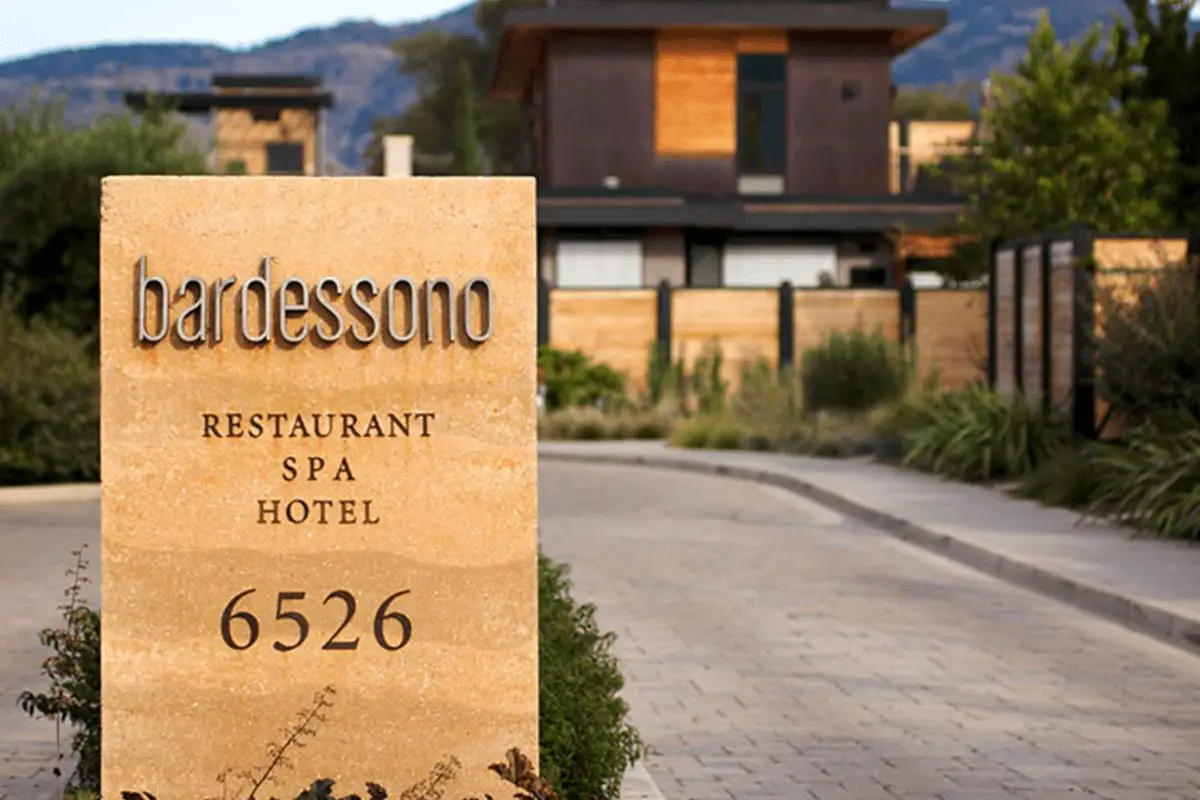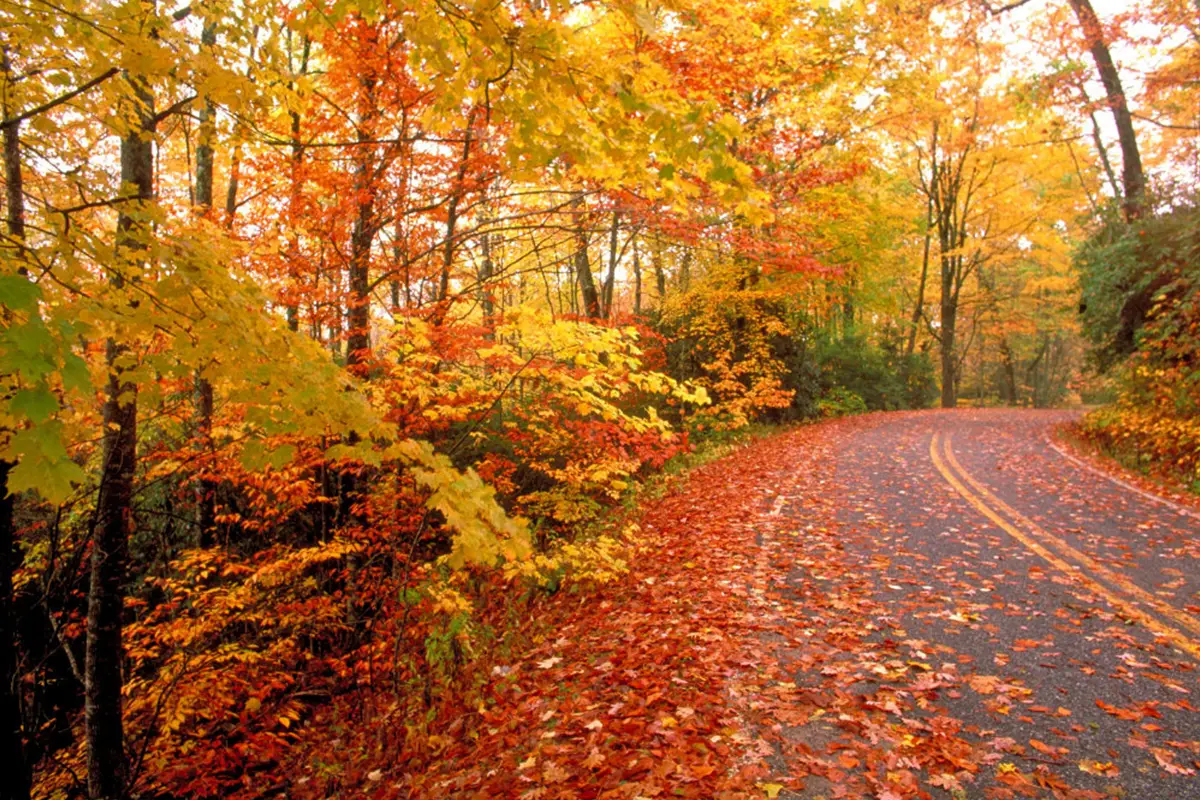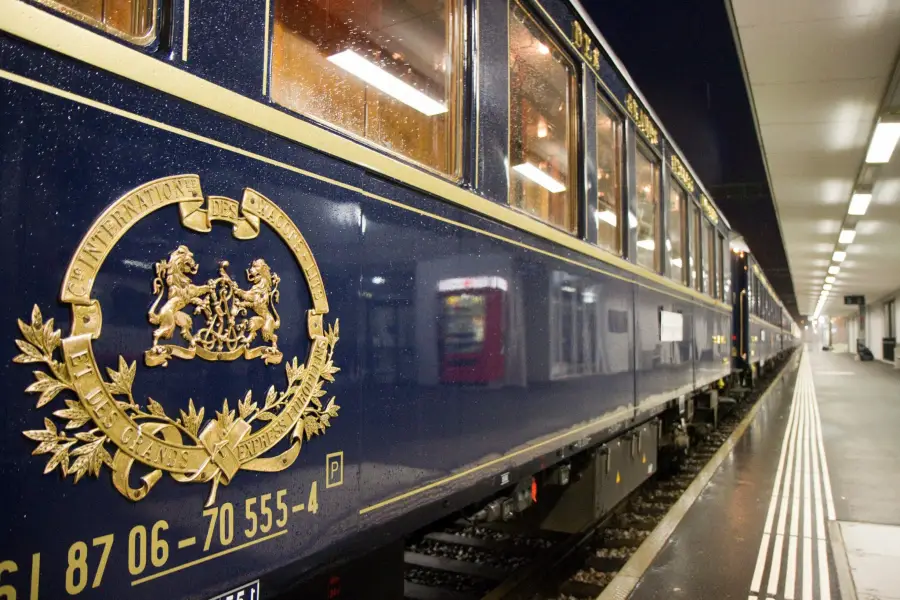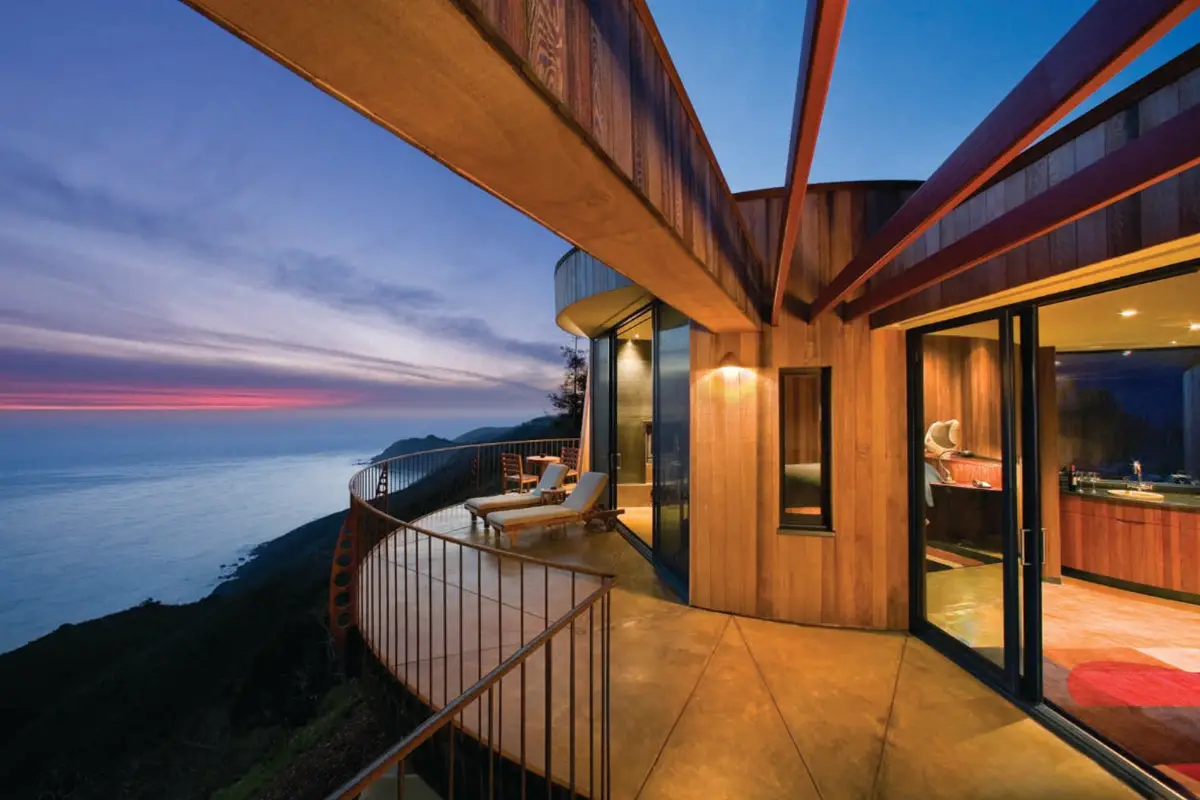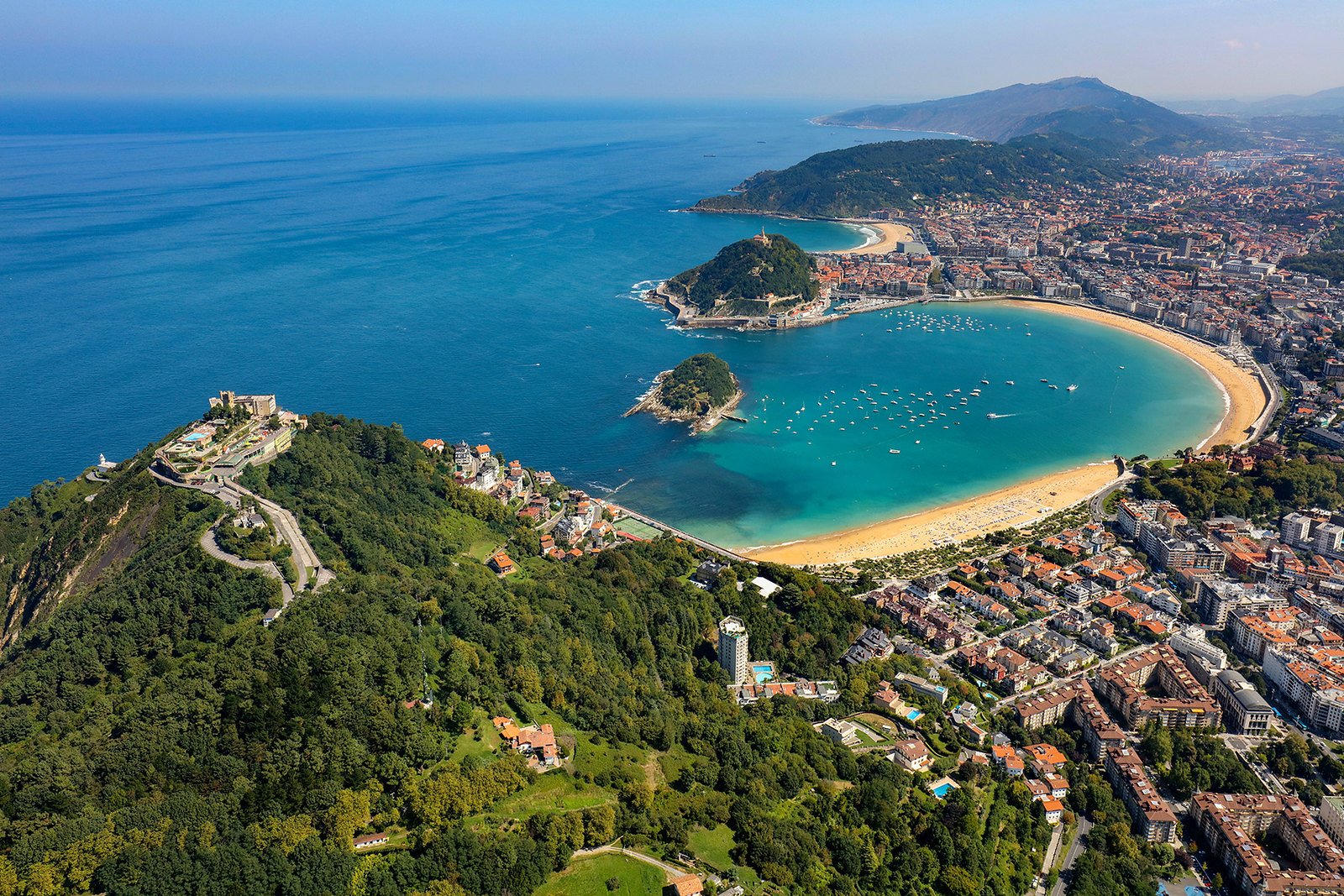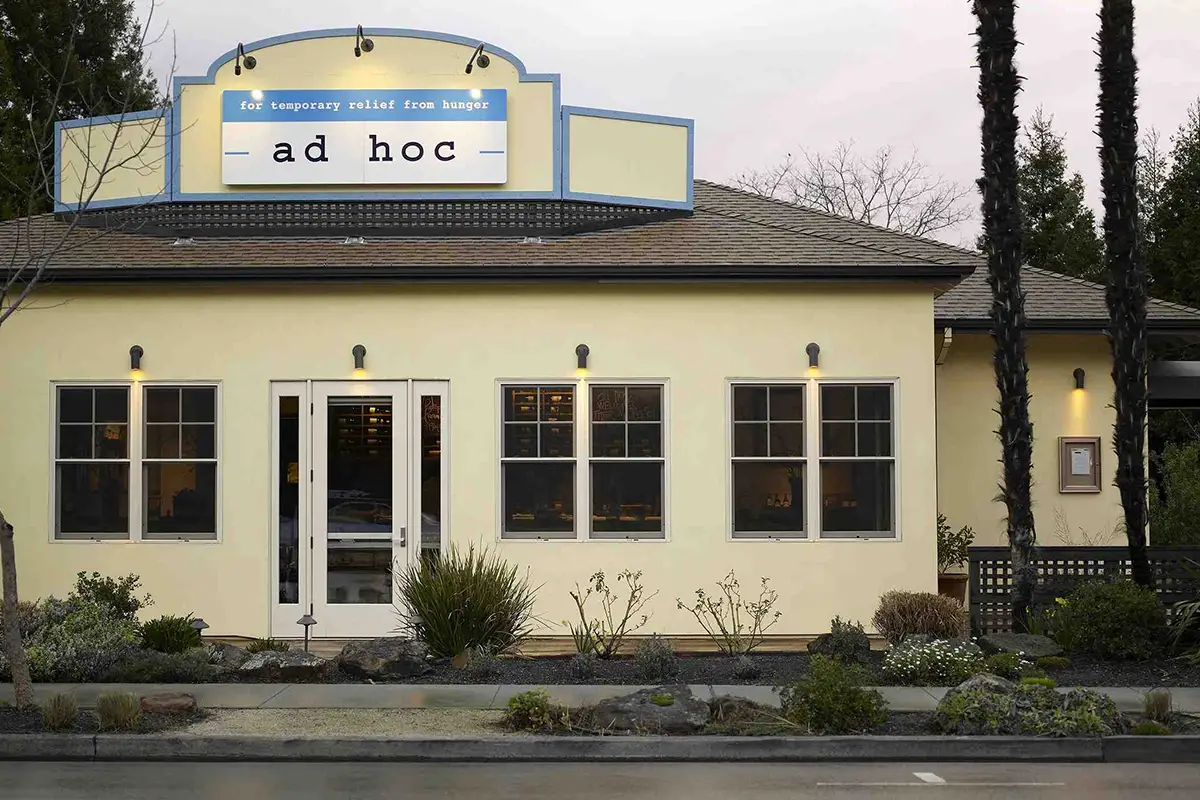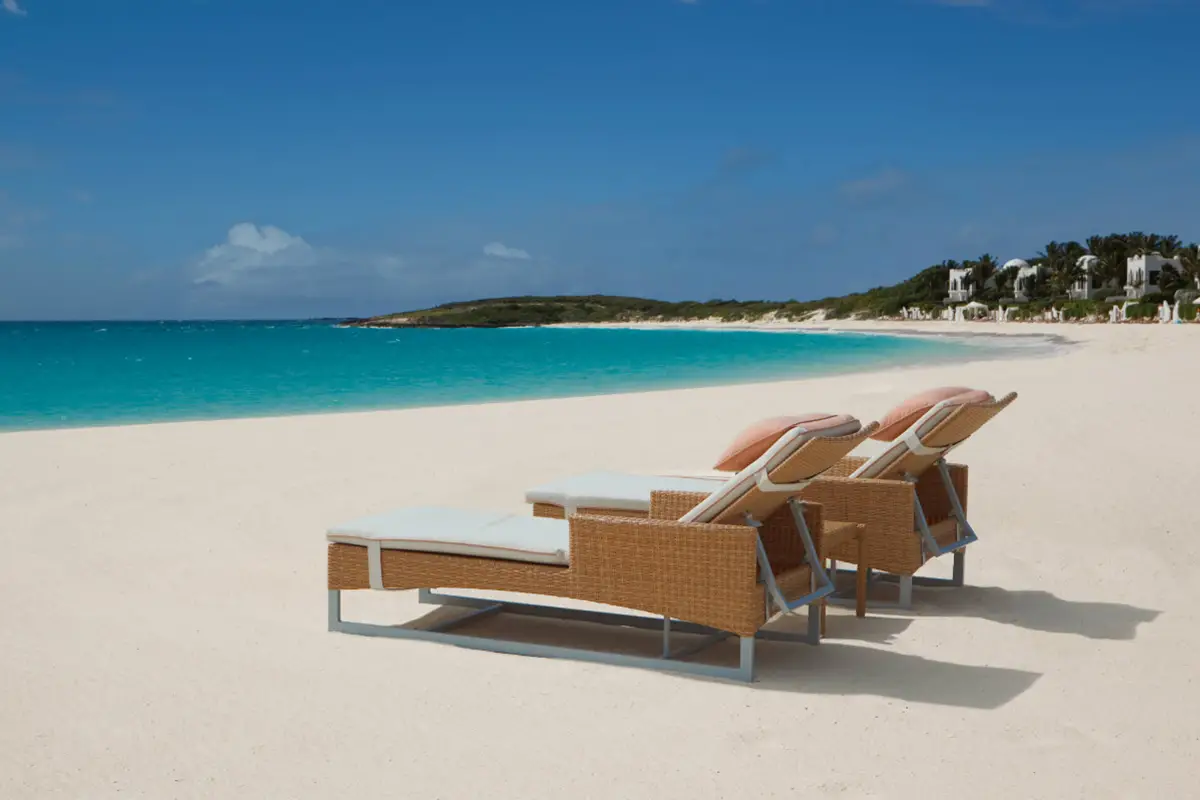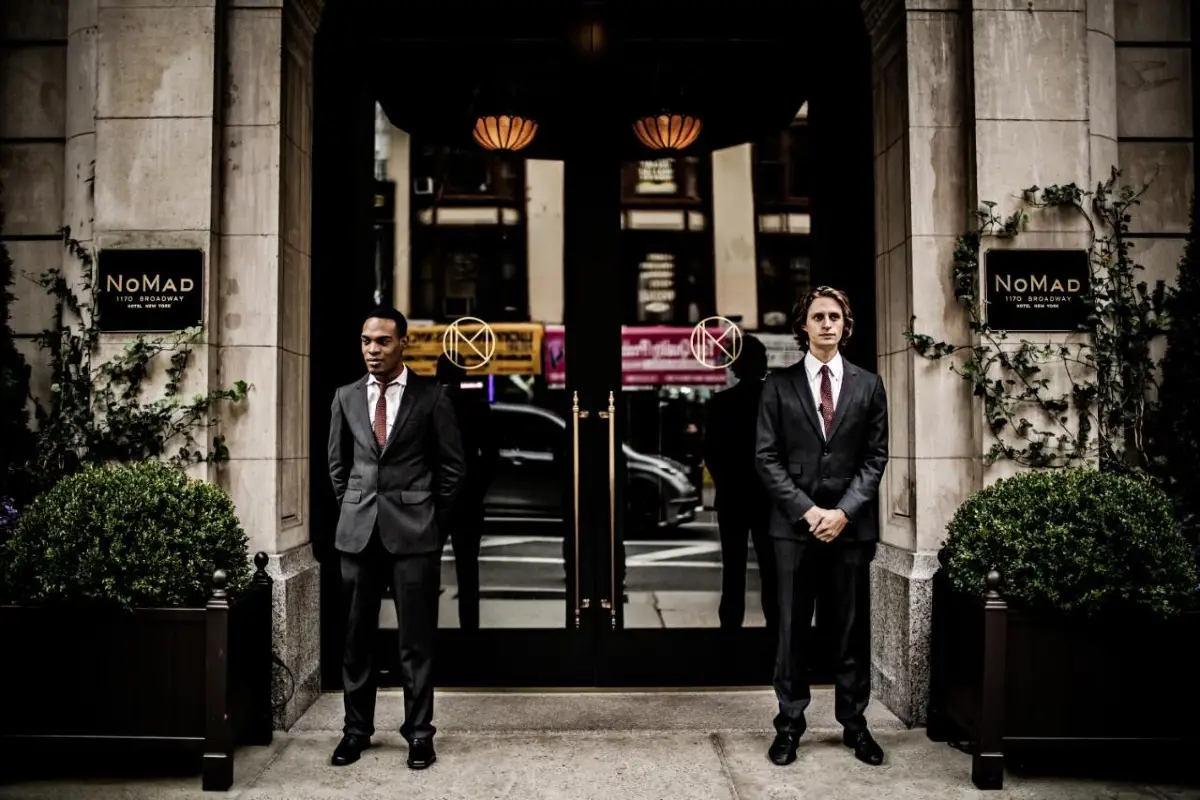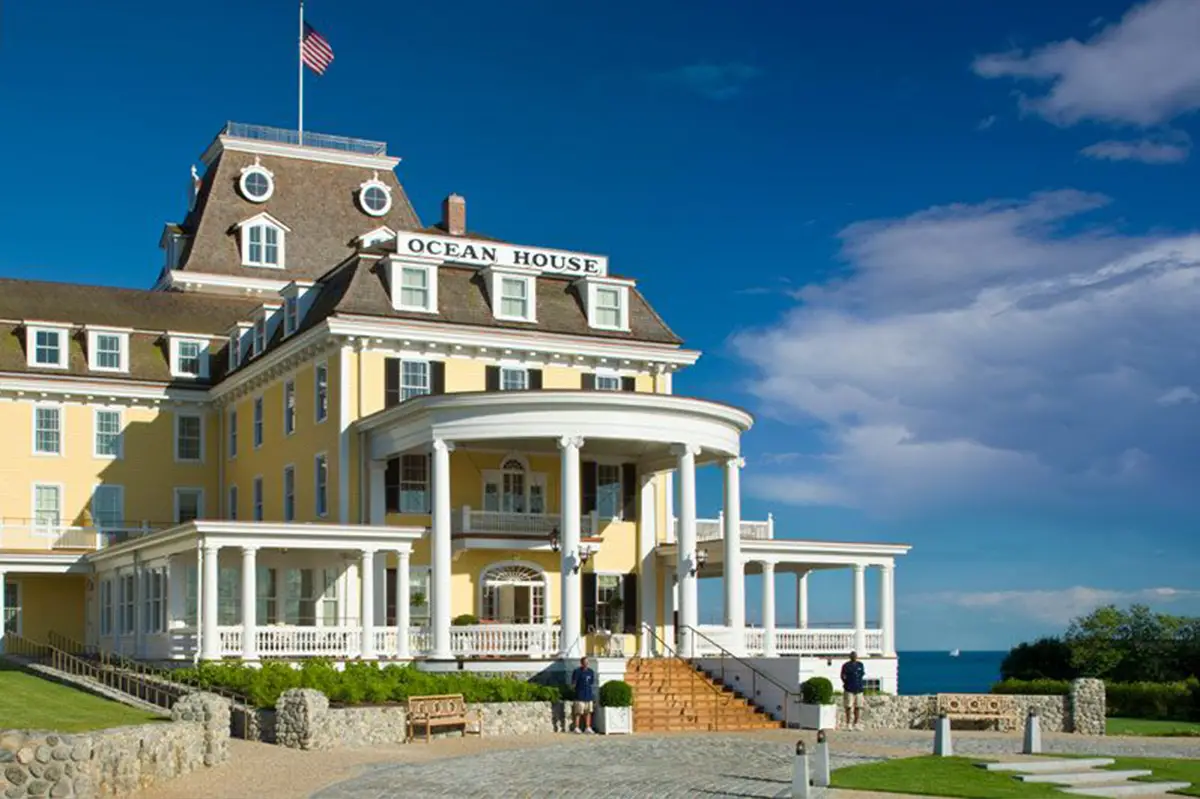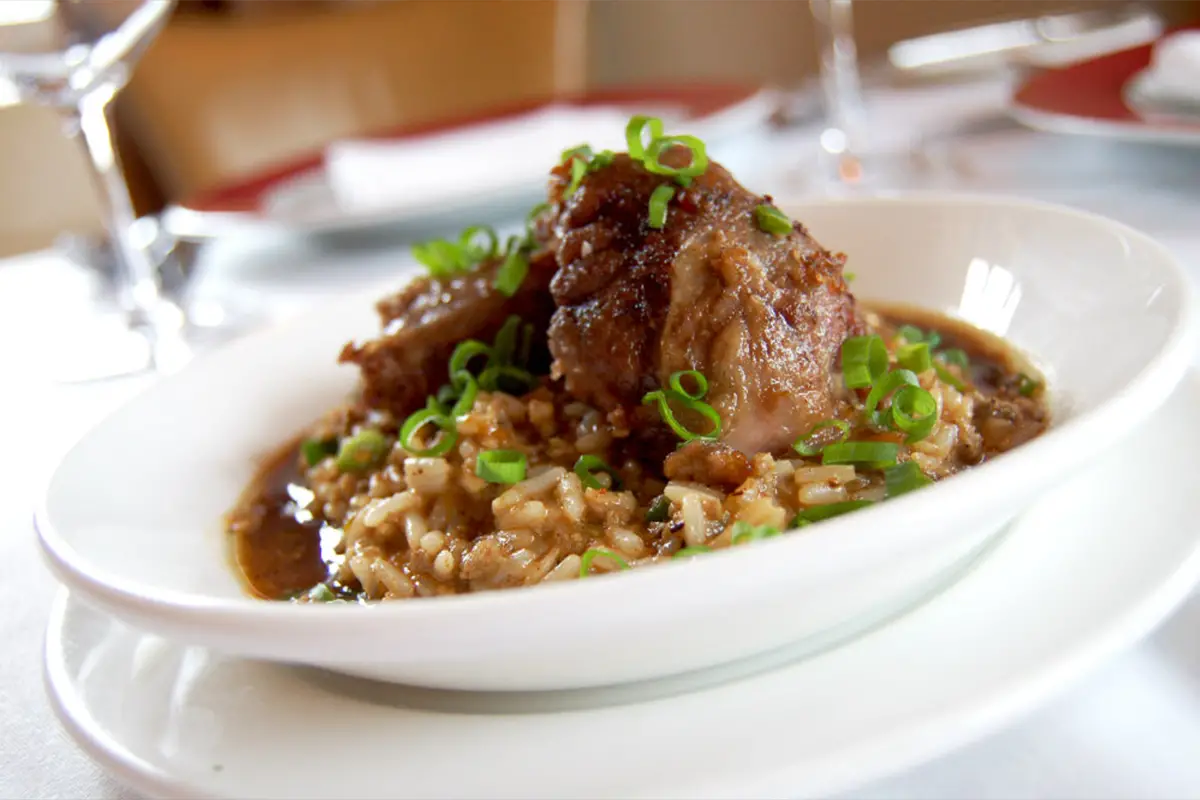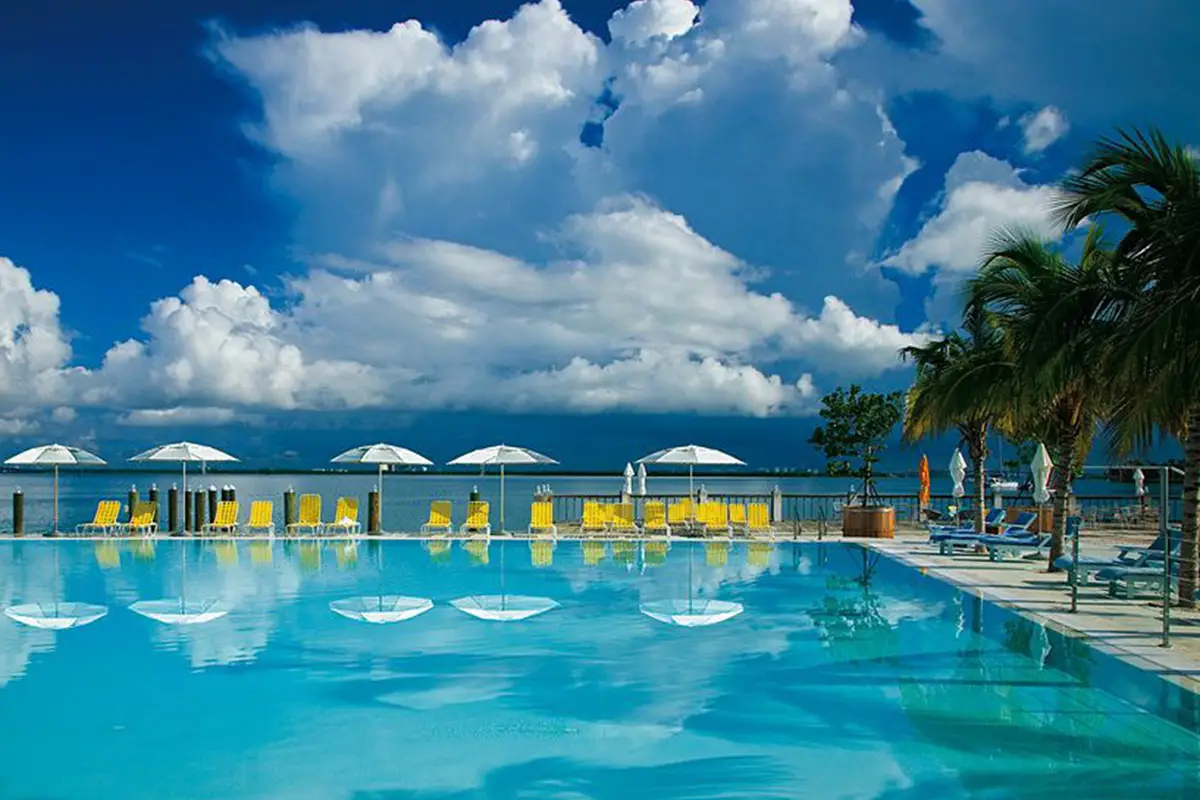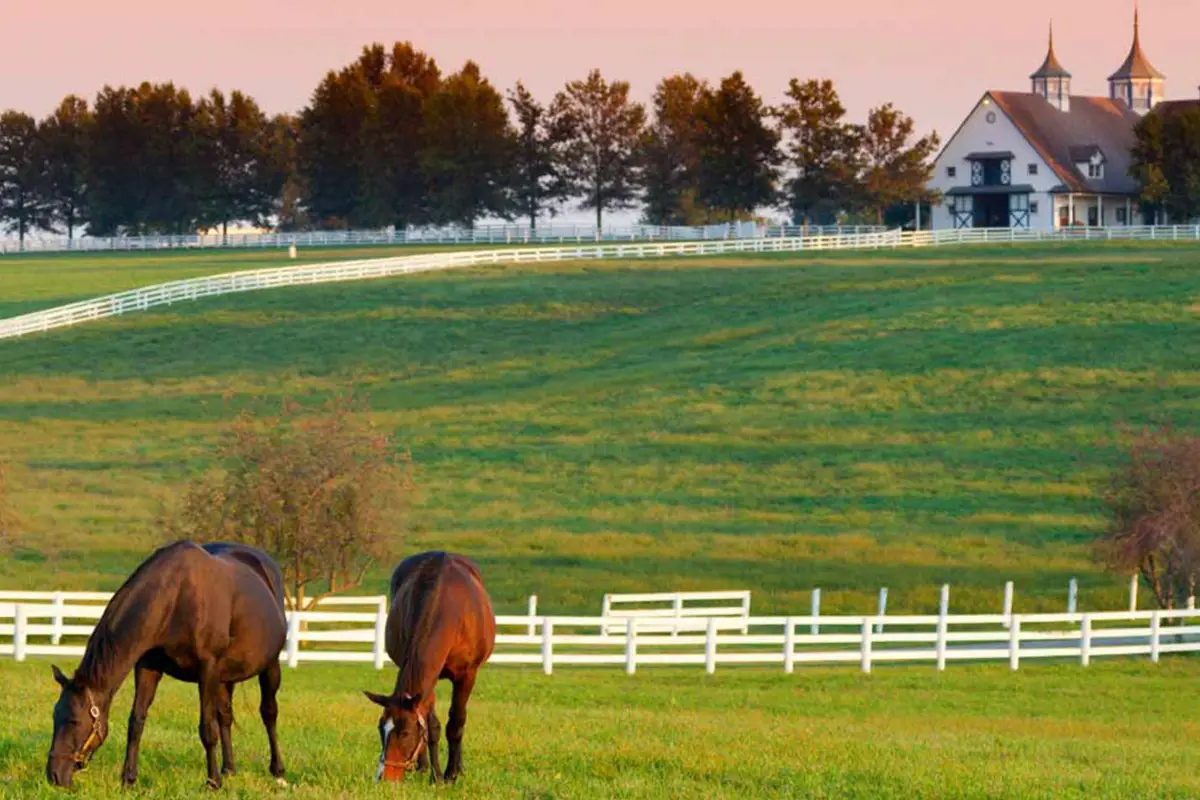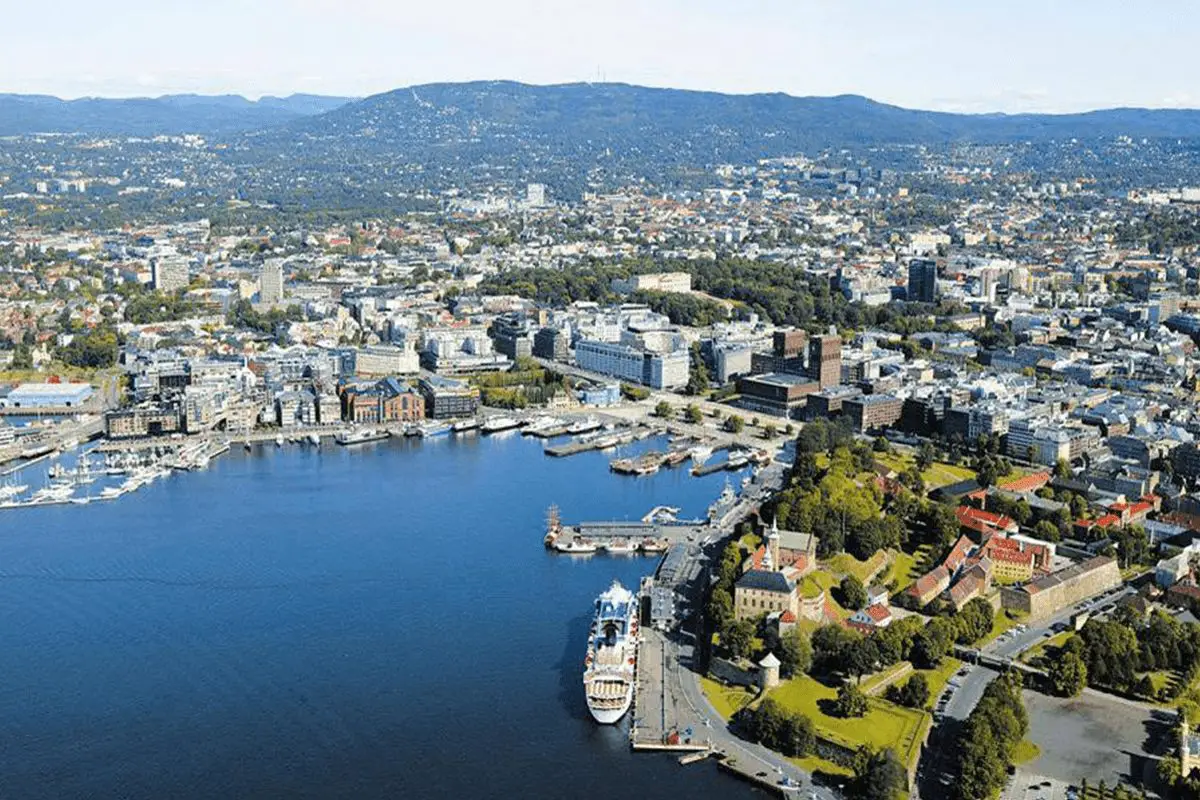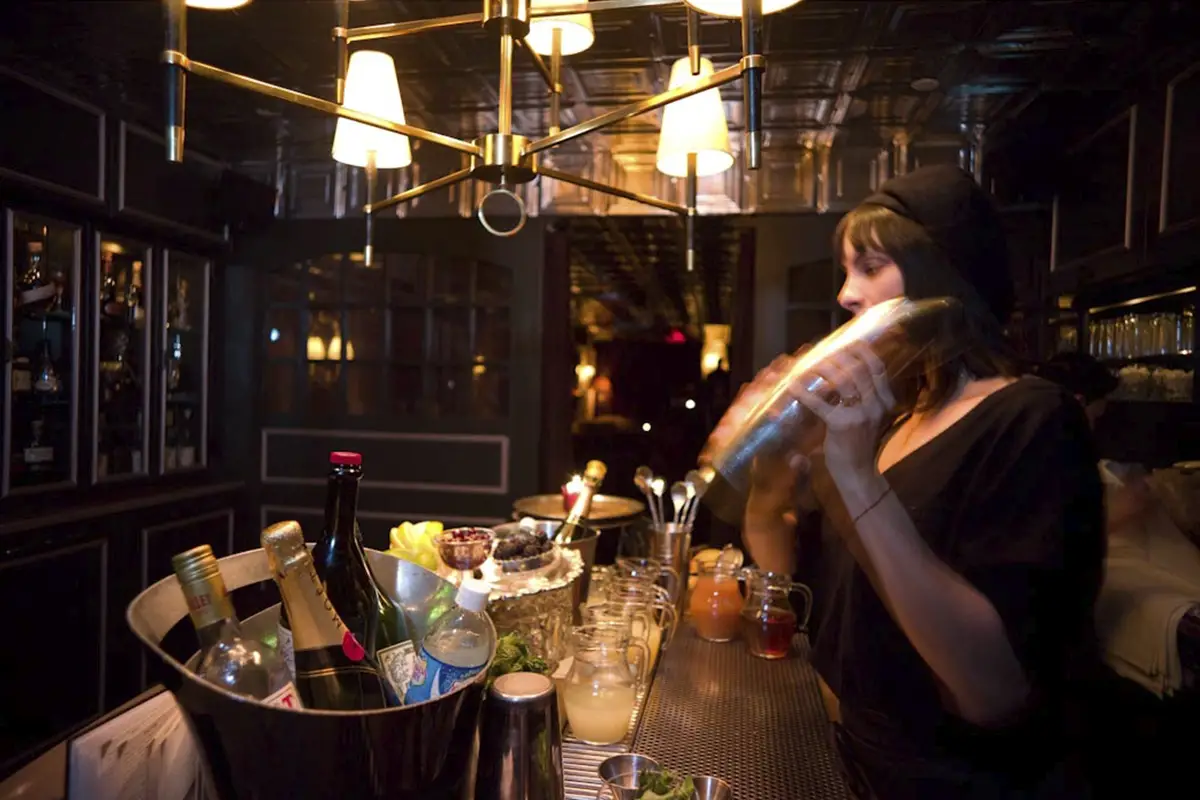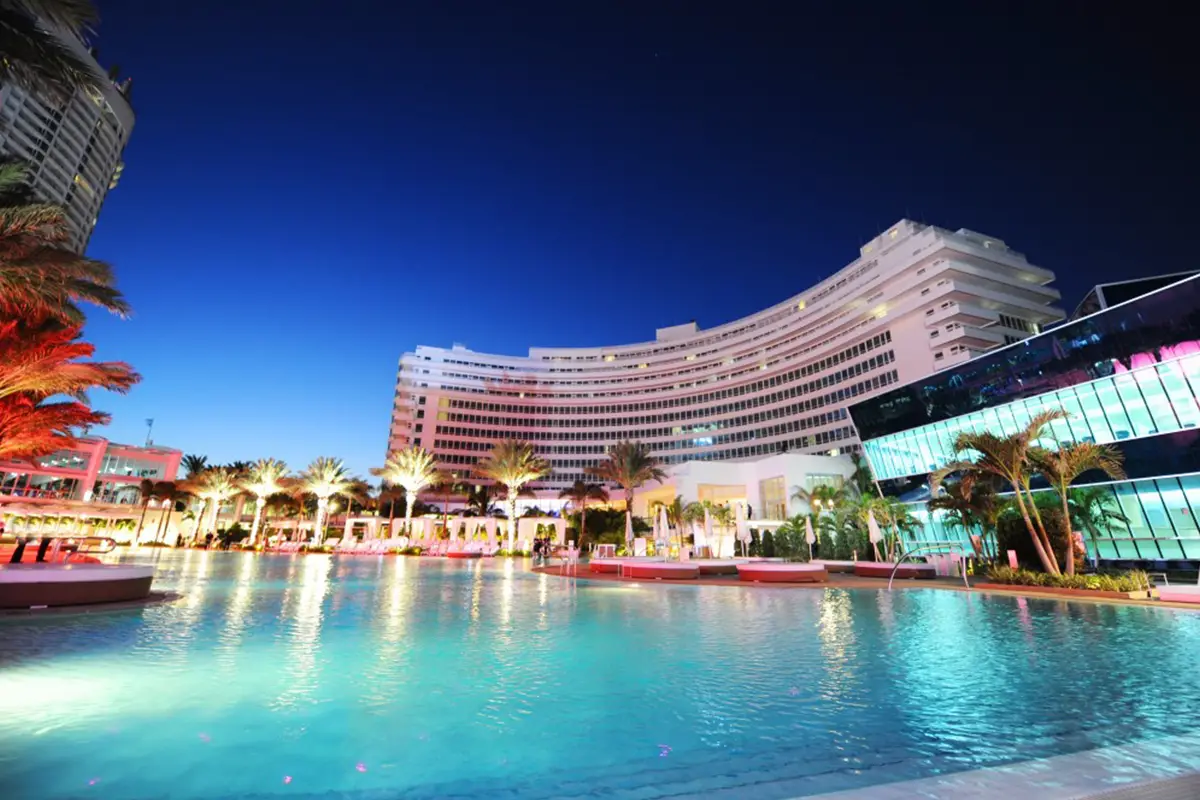Eco-friendly hotels are one of the hottest trends in the travel world. Not too long ago when one thought of eco-friendly lodgings, mud huts and outhouses came to mind. That’s not the case anymore. Continue reading
 American Splendor: New England’s Fall Foliage Trail
American Splendor: New England’s Fall Foliage Trail
Now that the summer heat has given way to cooler temperatures, we can all enjoy the great outdoors without sweltering. Fall is the perfect time to spend an afternoon at the cider mill, go pumpkin picking for Halloween or hike up mountains. Peak foliage times in the Northeastern United States differ by state—Vermont peaks earlier than Connecticut—but generally the entire month of October is brilliant. Continue reading
 Beyond Pebble Beach
Beyond Pebble Beach
If you’re heading to the Monterey Peninsula to play golf (or watch the pros play), why not stick around after it’s over? Monterey County has a plethora of pleasures to offer from world-renowned golf courses to interesting restaurants to craggy terrain. Continue reading
 Ticket to Ride
Ticket to Ride
Before the advent of the automobile, most travelers traversed the countryside via rail. Whether Stateside or overseas, tourists and locals ate in opulent dining cars, reclined in wood-paneled lounges and slept in lavish staterooms with all the comforts of home—if your home was a palatial estate. While cars have made rail travel almost obsolete in the United States, trains are still a great way to get around overseas. Continue reading
 Rooms With a View
Rooms With a View
Hotels built around their natural environment are nothing new. The Explora Hotel Salto Chico in Patagonia is situated on the banks of a waterfall in the Torres del Paine National Park in Chile. The Tsala Treetop Lodge in Plettenberg Bay, South Africa, allows guests to live out their childhood fantasy of sleeping in a tree house—albeit a luxurious one. And in the United States, you have the Post Ranch Inn in Big Sur, California, built on the craggy cliffs of the Santa Lucia Mountains. Continue reading
 San Sebastian—A Must Visit Destination on Spain’s Other Coast
San Sebastian—A Must Visit Destination on Spain’s Other Coast
Europe has always been a popular destination for American travelers in the summertime. While flights to France, Italy and the United Kingdom can be pricey this time of year, Spain tends to be a bit cheaper. But instead of heading to the overcrowded beaches of tony Marbella or touristy Barcelona, take a detour to the northwest Basque coast. Here are my top-three reasons to visit San Sebastian this summer.
You Gotta Have Art

San Sebastian is home to a thriving art and cultural scene, showcasing the region’s unique history—the Basques are an ancient culture and vehemently independent. Throughout the summer, the city hosts music and cultural festivals galore. The 54th Heinekin “Jazzaldia,” the city’s jazz festival, happens the last week of July and is the longest running festival of its kind in Europe. Classical music concerts are held throughout August at the Musika Hamabostaldia. Film lovers flock to the region in September for the world-renowned San Sebastian Film Festival. Basque culture is celebrated during Basque Week in early September. If you love art, head to one of the city’s many museums, but don’t forget to take a side trip to nearby Bilbao, home to the Guggenheim museum.
Dinner is Served

Most of us who have tried Spanish cuisine stateside have encountered regional fare from Sevilla and Madrid. Basque cuisine is entirely different. Fish and meat are grilled over large coals, and hearty stews and bean dishes are extremely popular. The area is home to a large proliferation of Michelin–starred restaurants—second only to Paris—including Arzak, Akelarre and Mugartiz. For less chichi dining, opt for a cider house, which can be found throughout the region.
The Great Outdoors

While most visitors to Spain don’t do anything more strenuous than climb a cobblestone street to visit a historic site, for more adventurous travelers, San Sebastian offers a wealth of great outdoor opportunities. You can hike to the top of Monte Urgull or one of the other peaks or bike the surrounding hills. Surfers head to Zurriola, Fuenterrabia and Hendaia beaches for their great waves and relative breathing room.
 Over 100 Years Old, This Colorado Hotel is Still an Eye-Catching Marvel
Over 100 Years Old, This Colorado Hotel is Still an Eye-Catching Marvel
A century ago, hotels were built to rival European estates, with hundreds of rooms, sweeping manicured lawns and spectacular vistas. Few of these grand estates remain. While tourists still flock to the Grand Hotel in Mackinac Island, Michigan; The Biltmore in Asheville, North Carolina; The Breakers in Florida and The Greenbrier in White Sulphur Springs, West Virginia, it’s The Broadmoor in Colorado Springs, Colorado, that is the queen of the grande dames, and with good reason. Continue reading
 This Once Sleepy Town in Napa Valley Has One of the Highest Concentrations of Michelin-rated Restaurants in the World
This Once Sleepy Town in Napa Valley Has One of the Highest Concentrations of Michelin-rated Restaurants in the World
The rows of Cabernet Sauvignon stretch as far as the eye can see. This is my first visit to California’s Napa Valley and like most first-time visitors, I am hopping from one storied winery to another, packing in as many tastings as I can in two days. But Napa isn’t just about wine. Continue reading
 Belmond Cap Juluca: Peaceful Luxury On Anguilla
Belmond Cap Juluca: Peaceful Luxury On Anguilla
If you think you’ve seen one Caribbean island you’ve seen them all, think again. Although popular spots like St. Johns and Antigua are beautiful, the tourist hordes have made finding a peaceful stretch of beach nigh on impossible. For blue skies, quieter beaches and hospitable locals, head to Anguilla. Continue reading
 Fried Chicken & Champagne at Thomas Keller’s Ad Hoc
Fried Chicken & Champagne at Thomas Keller’s Ad Hoc
If dining at a Keller establishment is a must, two other options exist in Yountville. Ad Hoc is much less expensive than the Laundry but still gets stellar reviews for its four-course menu of ever-changing selections featuring local ingredients.

Keller opened Ad Hoc in 2006 as a casual dining venue to showcase the American comfort food of his childhood. The name Ad Hoc literally means “for this purpose,” and derives from Keller’s original purpose for the restaurant—to temporarily fill a space while his team developed a different restaurant concept. Yet from the start, Ad Hoc was loved so much by the locals and visitors to the wine country alike that it stuck around and is now one of the most popular restaurants in the valley.

The daily-changing four-course menu, featuring classic American dishes like fried chicken, pot roast and barbeque, is handwritten nightly on chalkboards throughout the restaurant. All courses are served family-style to increase both the conviviality of the Ad Hoc experience and to further recreate the casual comfort of home. The wine list also features many of the local vintners—many of whom can be seen frequently dining at the low key restaurant.

Ad Hoc
6476 Washington St.
Yountville, Calif. 94599
(707) 944-2487
 Elegance and Opulence in NoMad
Elegance and Opulence in NoMad
Elegant and upscale with a decidedly European feel, the NoMad Hotel—a design standout in it’s own right—is the crown jewel of the NoMad neighborhood. Housed in a turn-of-the-century Beaux Arts building with interiors by French designer Jacques Garcia and world-class dining and drinking from Daniel Hum and company (Eleven Madison), The Nomad has it all.
The rooms are cozy but elegantly appointed, featuring large beds with studded leather headboards, velvet tapestries, antique Heriz rugs, and free-standing clawfoot bathtubs. Throw in a breathtaking private rooftop, a Maison Kitsuné and the occasional cocktailed magic show starring Dan White, and there’s little reason to even leave the premises.
Perhaps our favorite feature? The fully curated, two-level library bar, connected by an original spiral staircase imported from the South of France. Guests can lounge throughout the day on custom-made furnishings and enjoy light fare and finger foods which are served alongside coffee, tea, wine and cocktails. An eclectic literary collection is available, featuring extensive volumes on such wide-ranging topics as The History of New York, Music, and Cocktails and Spirits. And if you’re feeling famished you can order off the regular menu, which includes their signature chicken for two—a whole chicken stuffed with foie gras (plus one optional).
1170 Broadway, New York, NY 10001
 Coasts With the Most
Coasts With the Most
Instead of the Usual Seaside Hotpots, Hit These Four Northeast Beach Towns For Tranquil Summer Days
Looking to avoid the summer beach crowds this summer and settle down for a more tranquil summer experience. Here are our top picks for fun yet serene coastal destinations, all in the Northeast. Continue reading
 Crescent City Cuisine
Crescent City Cuisine
Food is to New Orleans what wine is to France: the city is celebrated worldwide for its delicious albeit unwholesome cuisine. Continue reading
 Still The Standard
Still The Standard
Ocean Drive Style with a European Flare
The Art Deco hotels on Ocean Drive may garner more attention, but across the Venetian Causeway, on residential Belle Isle, lies one of Miami’s best hotels.
 A Breed Apart
A Breed Apart
Americans go horse mad during the first week of May every year. The Kentucky Derby turns casual race fans into serious race fans. Maybe it’s the pomp and circumstance surrounding the race at Churchill Downs or maybe it’s the chance to win big money. But it probably has more to do with the majesty of the thoroughbreds racing around the mile-long track. Continue reading
 Paradise Found—In the Maldives
Paradise Found—In the Maldives
As the seaplane descends from the clouds high above the sun-dappled cerulean water, I gaze transfixed at the island’s virgin white sand. Dolphins happily race each other as a nearby yacht traverses miles of serene blue ocean. Continue reading
 Greenest International City: Oslo, Norway
Greenest International City: Oslo, Norway
International cities have long been ahead of the curve in terms of environmental initiatives and sustainability. European cities often lead the way, especially those found in Nordic countries. Continue reading
 Raine’s Law Room—A New York Speakeasy That Has Stood the Test of Time
Raine’s Law Room—A New York Speakeasy That Has Stood the Test of Time
The “Mad Men” craze sparked the return of a number of retro trends. Bartenders are finally pouring proper cocktails and women’s sheaths and pencil skirts are returning to store shelves. But no homage to the good old days is complete without the speakeasy and New York City has one of the country’s chicest versions. Continue reading
 The New Miami
The New Miami
South Beach has long been synonymous with Miami cool. And while the restaurants and Art Deco hotels on Ocean Drive entice visitors and locals alike, Miami is more than just the SoBe scene. Downtown Miami is thriving, with new residences and bars opening regularly, and further up the beach from the Delano and the like, lies another hotspot. Continue reading
 Grain Expectations
Grain Expectations
The craze for fiber- and protein-rich superfoods continues unabated. From acai berries to flaxseeds to pomegranates, these nutrient-dense fruits, nuts, grains and vegetables lower bad cholesterol and are said to help the heart, mind and body. But no list of superfoods is complete without quinoa. The whole grain, beloved by the Incas who considered it the “mother of all grains,” has only recently become the rage amongst health-conscious consumers.
Quinoa (KEEN-wah) was first cultivated in the Andes more than 4,000 years ago. The Incas deemed it sacred and used it in religious ceremonies. Spanish settlers and others soon discovered its nutritional benefits. The seeds are loaded with vitamins and minerals (iron, magnesium, etc.) as well as protein (up to nine grams per serving) and are gluten free. It is often cooked a la couscous or rice, making it an easy substitute for both dishes. A number of food manufacturers, including California-based Ancient Harvest, have created pasta lines using quinoa and chefs around the country, such as Willis Loughhead at The Palm Court in New York City, build dishes around it. It can be mixed with beans, veggies or used in a stir fry. My favorite recipe uses quinoa, infused with fresh mint, as a side dish to lamb tagine, a traditional North African stew. The following recipe is altered a bit from the one I found on Allrecipes.com.
Lamb Tagine with Herbed Quinoa
For the Tagine:
2 pounds lamb meat, cut into 1 1/2 inch cubes
3 tablespoons olive oil
2 teaspoons paprika
1/4 teaspoon ground turmeric
1/2 teaspoon ground cumin
1/4 teaspoon cayenne pepper
1 teaspoon ground cinnamon
1 teaspoon kosher salt
3/4 teaspoon ground coriander
1 pinch saffron
1 tablespoon freshly grated ginger
1 lemon, zested
2 medium onions, cut into 1-inch cubes
5 carrots, peeled, cut into fourths, then sliced lengthwise into thin strips
3 cloves garlic, minced
1 low-sodium canned broth
1 can tomato paste
1 cup quinoa
2 tablespoons chopped fresh mint
In a bowl, mix 2 tablespoons olive oil, the paprika, turmeric, cumin, cayenne, cinnamon, salt, ginger, saffron and coriander. Add the diced lamb, toss and refrigerate at least four hours.
Heat the remaining olive oil in a large pot. Start adding the lamb in small portions and cook until brown. Add onions and carrots to the pot and cook for 5 minutes. Stir in the garlic and ginger. Continue cooking for another 5 minutes. Stir in the lemon zest, chicken broth and tomato paste. Bring to a boil, then reduce heat to low, cover, and simmer for about two hours, stirring occasionally, until the meat is tender.
Cook the quinoa according to manufacturer directions. Drain and add chopped mint. Serve with the tagine on top.
—Shandana A. Durrani
 Phoenix Rising
Phoenix Rising
I stand inside the darkened confines of Lafitte’s Blacksmith Shop, wondering if the spirit of the dead—and dread—pirate lives on. It’s not hard to imagine the black-haired brigand serving up a mug of ill-gotten gains while threatening to blow off your head in the same breath. Some would shudder at the thought but I embrace it. This is New Orleans after all, a place long synonymous with vice and restless spirits.
Many consider New York to be America’s most vibrant city. While few can dispute the Big Apple’s unique energy, New Orleans is in many ways America’s cultural mecca. With a confluence of European, African and Caribbean flavors, New Orleans has a multi-dimensional appeal. Jazz, that most quintessential of American art forms, was invented here. Tennessee Williams penned and set “A Streetcar Named Desire” here. Avery Island, just miles from the center of the city, is the birthplace of Tabasco. Now, five years after Hurricane Katrina devastated many parts of the city, New Orleans has risen again, like the proverbial Phoenix.
New Orleans’ residents are resilient. They’ve survived numerous fires, floods and other disasters. Battered but not broken, many locals remained after Katrina hit, refusing to abandon their beloved city. While the 9th Ward is still an illustration of third world–style devastation—driving through the area is a solemn and heartbreaking occasion, especially when one considers the preposterous government response to the disaster—other neighborhoods fared much better.
Most first-time visitors to New Orleans venture only so far as the historic French Quarter. While the Veux Carré, as it was called during its heyday, is undoubtedly picturesque, with lattice wrought iron balconies and quaint European-styled homes, it would be a travesty to think that’s all New Orleans had to offer. Still, it’s a good starting point from which to explore the city. Stay one night in the French Quarter. Hotel options run from haunted manses such as the antebellum-style Le Pavilion on Canal Street and the ivy-covered Provincial Hotel on lovely Chartres to modern chains such as the exclusive Ritz Carlton Club, Maison Orleans and the 41-story Marriott. Each is unique—Le Pavilion is caught in a time warp, with silent hallways reminiscent of the hotel in The Shining; guests at the Provincial often feel as if they are staying at a friend’s historic mansion; rooms at the Maison Orleans resemble a luxe Parisian apartment and have the largest sunken tubs of any hotel in the city, and the Marriott affords amazing views of the city and the Mississippi River. If partying on Bourbon Street is a must, have a pint at Lafitte’s. America’s oldest bar, it’s at the edge of the Quarter but sans the neon signs and frat boys found further down the famous road.
Exploring the city is a must. From Canal Street, take the street car down St. Charles Avenue, or better yet walk, to the Garden District. The narrow streets of the French Quarter give way to wider, tree-lined boulevards replete with antebellum homes, coffee shops, trendy boutiques and po’ boy havens. You won’t find kitschy mask shops or bars hawking frozen hurricanes. It’s quieter than the Quarter but nonetheless just as pretty. Large hotels are replaced with smaller guest houses and beds and breakfasts. Relax at Sully Mansion Bed & Breakfast. It’s quaint and quiet, a welcome change from the hustle and bustle of the Quarter.
On the other side of the Quarter lies the Faubourg Marigny. Many of the city’s lower middle class inhabitants lived in the area’s charming bungalows. But Hurricane Katrina changed that. Houses were damaged and insurance prices skyrocketed, forcing these same inhabitants to abandon once affordable homes. The area has since become gentrified, with upwardly mobile young artists and professionals taking residence. Still, visitors will enjoy the bars and restaurants on trendy Freeman Street, which on New Years Eve was surprisingly devoid of the high entrance fees, pushy crowds and exorbitant drink prices found elsewhere. Try The Spotted Cat Music Club, DBA or Maison for music and local brews. Take a moment to stop and listen to the young street performers who hone their jazz skills on the curb. Where else can you encounter Grammy-caliber musicians for free?
Mardi Gras is just a month away, so now is the time to book a trip if you haven’t already. While the French Quarter embraces the sinful aspects of the Lenten celebration, that’s not true for all of New Orleans. Depending upon the neighborhood, people of all ages can enjoy Mardi Gras. The Garden District hosts events for the entire family. And the Faubourg Marigny and Algiers, a growing suburb on the other side of the Mississippi, encourage a more traditional, toned down version of carnival. I told you it was multi-dimensional.
—Shandana A. Durrani
HOTELS
Hotel Provincial
1024 Rue Chartres
New Orleans, L.A. 70116
504/581-4995
Le Pavillion Hotel
833 Poydras Street
New Orleans, L.A. 70112
504/581-3111
New Orleans Marriott
555 Canal Street
New Orleans, L.A. 70130
504/581-1000
The Ritz Carlton Club, Maison Orleans
Ritz Carlton New Orleans
921 Canal Street
New Orleans, L.A. 70112
504/524-1331
Sully Mansion Bed & Breafast
2631 Prytania Street
New Orleans, L.A. 70130
504/891-0457
BARS
DBA
618 Frenchman Street
New Orleans, L.A. 70116
504/942-3731
Lafitte’s Blacksmith Shop
941 Bourbon Street
New Orleans, L.A. 70116
504/593-9761
The Maison
508 Frenchman Street
New Orleans, L.A. 70116
504/289-5648
The Spotted Cat Music Club
623 Frenchman Street
New Orleans, L.A. 70116
206/337-3273
